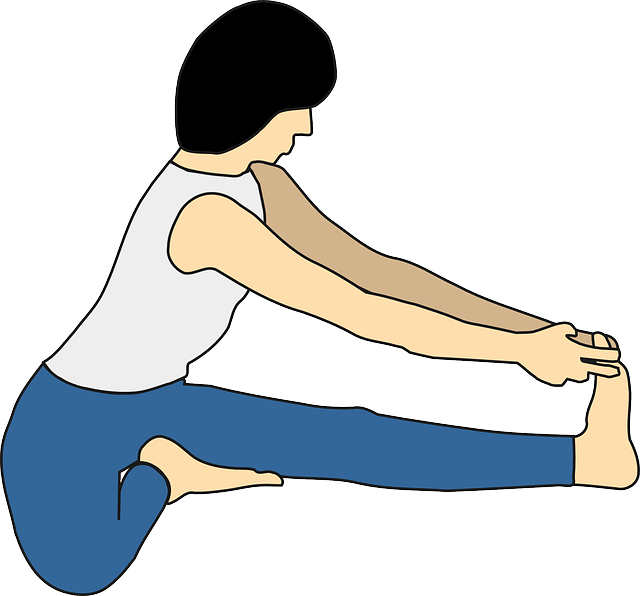Ann Romney – Part 2:
Managing MS with Alternative Therapies
You've reached Ann Romney Part 2. To read Part 1 first, click here.
Living with multiple sclerosis (MS) is a journey filled with ups and downs, and for Ann Romney, finding ways to manage her symptoms became a full-time commitment. After her initial diagnosis in 1998, she explored various treatments, both traditional and alternative, to help her regain strength, mobility, and emotional well-being.
While MS is unpredictable, Ann found that certain therapies helped her reduce inflammation, improve mobility, and maintain a positive outlook. We’ll explore the alternative treatments she used, how they can help alleviate MS symptoms, and how you might incorporate them into your own routine.
Ann’s Initial Treatment: Corticosteroids
When Ann was first diagnosed, she received intravenous corticosteroids, a common treatment for MS flare-ups. These steroids help reduce inflammation, suppress the immune system’s attack on the nervous system, and shorten the duration of relapses.
While steroids can be effective, they also come with side effects like weight gain, mood swings, and insomnia. Ann eventually decided to stop taking them, opting instead for alternative therapies that helped her manage symptoms without traditional and sometimes invasive medications.
Alternative Treatments Ann Romney Used
Ann’s approach to MS management included a variety of alternative therapies, each offering unique benefits. Let’s take a closer look at how these treatments help her alleviate the MS symptoms she was experiencing.
1. Reflexology
Reflexology is a therapy that involves applying pressure to specific points on the feet, hands, and ears. These points are believed to correspond to different organs and systems in the body.
For MS, reflexology may help:
- Improve circulation and reduce numbness in the limbs.
- Ease muscle tension and promote relaxation.
- Reduce pain and discomfort associated with spasticity.
Ann sought out reflexology treatments to help with weakness and numbness in her legs, and she found that it helped restore some coordination.
2. Acupressure & Acupuncture
Both acupressure and acupuncture focus on stimulating specific points on the body to promote healing and balance.
For MS, these therapies may help:
- Reduce pain and muscle stiffness.
- Improve energy levels and combat fatigue.
- Enhance circulation and nerve function.
Ann used acupuncture as part of her holistic approach. She found that it helped her relax and manage stress, which is crucial for MS symptom control.
3. Yoga & Deep-Breathing Exercises
Yoga is widely recognized for its benefits in managing chronic illnesses, including multiple sclerosis.
For MS, yoga can help:
- Improve flexibility and balance, reducing the risk of falls.
- Strengthen muscles, helping with mobility issues.
- Reduce stress, which can trigger MS flare-ups.
Ann incorporated deep-breathing exercises alongside yoga to help calm her nervous system, improve oxygen flow, and reduce anxiety.
4. Cranial-Sacral Therapy
Cranial-sacral therapy involves gentle manipulation of the skull, spine, and sacrum to release tension and improve nervous system function.
For MS, this therapy may help:
- Reduce headaches and migraines.
- Improve spinal alignment, which can ease muscle stiffness.
- Enhance relaxation, reducing stress-related symptoms.
Ann found that cranial-sacral therapy helped her feel more balanced and less fatigued.
5. Horse Riding (Dressage Therapy)
Perhaps the most transformative therapy for Ann was dressage, a form of horseback riding that requires precision, balance, and coordination.
For MS, equine therapy can help:
- Improve muscle strength and flexibility.
- Enhance balance and coordination.
- Boost emotional well-being through connection with animals.
Ann started dressage therapy during her rehabilitation, and at first, she was too weak to sit in the saddle. Over time, though, she regained her strength and mobility. Eventually she was able to compete at the Grand Prix level.
She calls dressage her “joy therapy”, and it remains a central part of her MS management to this day. (Link opens a new window).
Ann’s Advocacy for MS Research
As we talked about in part 1 of Ann's story, she didn’t just want to focus on her own health. She also wanted to help others living with multiple sclerosis. In 2014, she helped establish the Ann Romney Center for Neurologic Diseases at Brigham and Women’s Hospital.
The center focuses on researching treatments for MS, Alzheimer’s, ALS, Parkinson’s, and brain tumors. Ann hopes that continued research will lead to better treatments and something we'd all like to see, a cure.
Final Thoughts: Can Alternative Therapies Help You?
Ann’s journey shows that MS management is personal. What works for one person may not work for another. However, exploring alternative therapies can provide additional relief, especially when combined with traditional treatments like medication.
If you’re considering alternative therapies, here are some tips to keep in mind:
- Start small—try one therapy at a time and see how your body responds.
- Work with professionals—seek out licensed practitioners for acupuncture, reflexology, and cranial-sacral therapy.
- Listen to your body—if something feels beneficial, keep doing it. If not, try something else.
MS may be unpredictable, but finding ways to support your body, reduce stress, and improve mobility can make a huge difference in your day-to-day quality of life.
Ann’s story is a reminder to us all that while MS may be part of your life, it doesn’t have to define it. You can still find joy, strength, and purpose—just like she has.
Ann Romney's own words
Dear Friends,
"Life in Spite of MS is a participant in the Amazon Services LLC Associates Program, an affiliate advertising program designed to provide a means for sites to earn advertising fees by advertising and linking to Amazon.com. We're also part of the Ebay Partner Network, another affiliate program."
We'd also like you to know it doesn't cost one cent more when you click through the links here on our blog. Not one single penny. And we will make a little extra cash when you do click through. We'll be ever so appreciative. You also have our word that we'll only link to things that we would use ourselves, (or wish we could have or use).
Sincerely,
Cir & Akrista
You are reading original content written by Akrista or Cir L'Bert of Life in Spite of MS. If you enjoyed reading this blog, please consider following us on Facebook, Twitter, Pinterest, and Instagram. See you there!
Privacy Policy ~ Advertising Policy ~ Disclaimer ~ Contact Us ~ About Us




New! Comments
Have your say about what you just read! Leave me a comment in the box below.